11May
Lesson Plan > Lesson 49 > Mathematics
Lesson 49 covers:
- Elementary Level: Missing Addend
- Mid Level: Multiplying Fractions by Whole Numbers
- High Level: Writing and Solving Equations from Word Problems
Elementary Level (Kinder to Grade 2)

Subject: Missing Addend (3 + __ = 7)
1. Alignment with Standards:
- 1.OA.D.8 – Determine the unknown whole number in an addition or subtraction equation relating three whole numbers (e.g., 3 + __ = 7).
- 1.OA.A.1 – Use addition and subtraction within 20 to solve word problems involving situations of adding to, taking from, putting together, taking apart, and comparing.
2. Learning Objectives:
By the end of the lesson, students will be able to:
- Understand that an equation must balance (both sides are equal).
- Find the missing addend in equations like 3 + __ = 7 using counting strategies, manipulatives, or subtraction.
- Explain their reasoning using words or drawings.
3. Materials Needed:
- Counters (e.g., buttons, blocks, or bear counters)
- Number line (0-10)
- Whiteboard & markers
- Worksheet with missing addend problems
Lesson Procedure
1. Warm-Up (5-10 minutes)
- Review Addition Facts:
- Ask: *”What is 3 + 4?”* *”What is 2 + 5?”* (Use fingers or counters if needed.)
- Introduce the Concept of Equality:
- Draw a simple balance scale on the board: 3 + 4 = 7.
- Explain: *”Both sides must be the same. If 3 + something equals 7, how do we find the missing number?”*
2. Direct Instruction (10-15 minutes)
- Model with Counters:
- Give the student 7 counters. Say: “If one part is 3, how many more make 7?”
- Separate into two groups: 3 and 4. Write: 3 + 4 = 7.
- Use a Number Line:
- Start at 3, jump forward until reaching 7. Count the jumps (4).
- Write: 3 + __ = 7 → The missing number is 4.
- Introduce Subtraction Strategy:
- Explain: *”If 3 + ? = 7, we can also do 7 – 3 = ?”*
3. Guided Practice (10-15 minutes)
- Hands-On Activity:
- Give equations like 5 + __ = 8 and have the student use counters to solve.
- Ask: “How did you find the missing number?”
- Number Line Practice:
- Have the student solve 2 + __ = 6 using jumps on a number line.
4. Independent Practice (10 minutes)
- Worksheet with Missing Addends:
- Include problems like:
- 4 + __ = 9
- __ + 2 = 5
- 6 + __ = 10
- Include problems like:
- Word Problem (Optional):
- “Jake has 5 marbles. He gets some more and now has 8. How many did he get?”
5. Wrap-Up & Assessment (5 minutes)
- Exit Ticket:
- Ask: *”Solve 7 + __ = 10. Show your work with counters or a number line.”*
- Discussion:
- “What strategies helped you find the missing number?”
Differentiation & Extensions:
- Support: Use smaller numbers (e.g., 2 + __ = 5) and physical counters.
- Challenge: Introduce word problems or larger numbers (up to 20).
- Game Idea: “Mystery Number” – One student thinks of a missing addend, and the other guesses.
Mid Level (Grade 3 to 5)
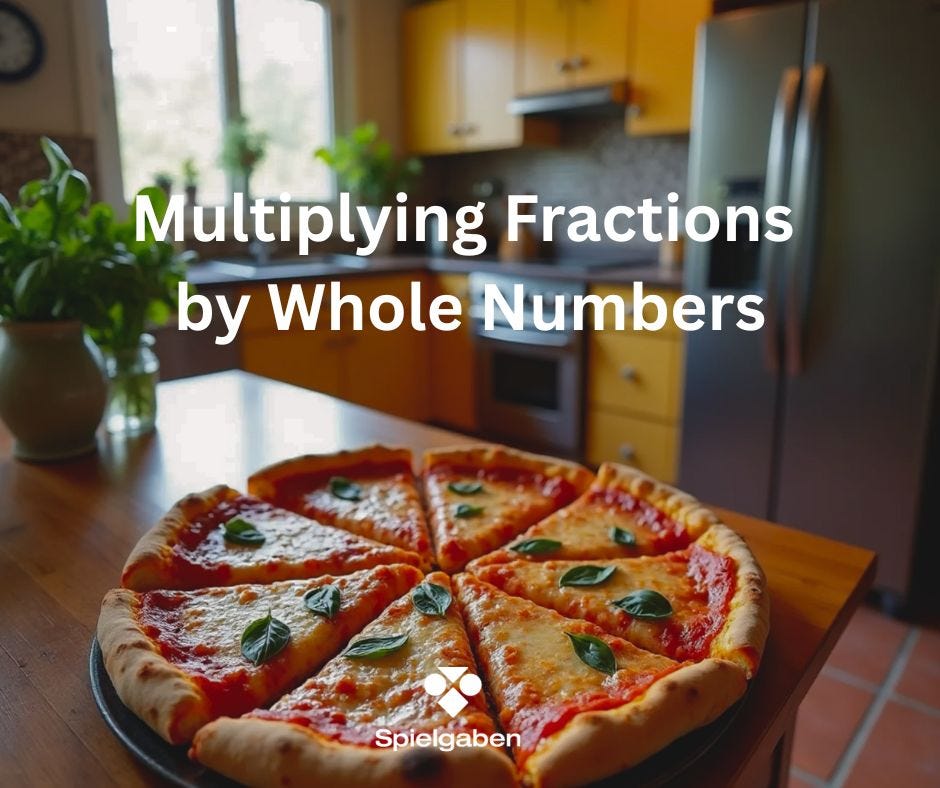
Subject: Multiplying Fractions by Whole Numbers
1. Alignment with Standards:
- 4.NF.B.4 – Apply and extend previous understandings of multiplication to multiply a fraction by a whole number.
- 4.NF.B.4a – Understand a fraction *a/b* as a multiple of *1/b* (e.g., 5 × (1/4) = 5/4).
- 4.NF.B.4b – Multiply a whole number by a fraction, interpreting the product as repeated addition.
- 4.NF.B.4c – Solve word problems involving multiplication of fractions by whole numbers.
2. Learning Objectives:
By the end of the lesson, students will be able to:
- Represent multiplication of a whole number and a fraction using models (area models, number lines).
- Convert repeated addition of fractions into multiplication (e.g., 1/4 + 1/4 + 1/4 = 3 × 1/4).
- Solve real-world problems involving multiplying fractions by whole numbers.
3. Materials Needed:
- Fraction bars or circles (printable/manipulatives)
- Graph paper or drawing paper
- Whiteboard & markers
- Worksheet with practice problems
Lesson Procedure
1. Warm-Up (5-10 minutes)
- Review Prior Knowledge:
- Ask: “What is 3 × 5?” (Repeated addition: 5 + 5 + 5).
- Extend to fractions: *”What is 1/4 + 1/4 + 1/4?”* (Introduce as 3 × 1/4).
- Relate to Real-Life:
- Show the pizza image prompt: “If one slice is ¼, how much is 3 slices?”
2. Direct Instruction (15-20 minutes)
A. Modeling with Fraction Bars/Circles
- Demonstrate 3 × 1/4:
- Lay out three ¼ pieces. Show that together, they make ¾.
- Write: 3 × 1/4 = 3/4.
- Area Model Example (Graph Paper):
- Draw a rectangle divided into 4 equal parts. Shade 3 parts to show 3 × 1/4 = 3/4.
B. Number Line Approach
- Draw a number line from 0 to 1, divided into fourths.
- Jump ¼ three times: 1/4 → 2/4 → 3/4.
- Conclusion: 3 × 1/4 = 3/4.
C. Algorithm Introduction
- Explain: “Multiply numerator by whole number; denominator stays the same.”
- Example: 2 × 3/5 = (2×3)/5 = 6/5 = 1 1/5.
3. Guided Practice (15 minutes)
- Hands-On Activity:
- Give problems like 4 × 1/3 and have students model with fraction circles.
- Ask: “How is this like repeated addition?”
- Word Problem:
- *”A recipe needs 2/3 cup of sugar. If you triple the recipe, how much sugar is needed?”*
4. Independent Practice (15 minutes)
- Worksheet Problems:
- Visual Models: Shade 5 × 1/6 in an area model.
- Computation: Solve 7 × 2/3.
- Word Problems: *”A runner runs 3/4 mile each day. How far in 5 days?”*
5. Wrap-Up & Assessment (10 minutes)
- Exit Ticket:
- Solve: 5 × 3/8 (using any method).
- Discussion:
- “Which strategy (models, number line, or algorithm) do you prefer? Why?”
Differentiation & Extensions:
- Support: Use smaller denominators (e.g., halves, fourths) and physical manipulatives.
- Challenge: Introduce mixed numbers (e.g., 2 × 1 1/2) or larger denominators.
- Real-World Connection: Adjust a recipe by doubling or tripling ingredient amounts.
Assessment Ideas:
- Oral Explanation: Have the student explain how they solved 4 × 2/5 using a model.
- Error Analysis: Provide a mistake (e.g., 3 × 1/2 = 1/6) and ask the student to correct it.
High Level (Grade 6 to 8)

Subject: Writing and Solving Equations from Word Problems
1. Alignment with Standards:
- 7.EE.B.4 – Use variables to represent quantities in real-world problems, and construct simple equations to solve problems.
- 7.EE.B.4a – Solve word problems leading to equations of the form px + q = r or p(x + q) = r, where *p*, *q*, and *r* are rational numbers.
2. Learning Objectives:
By the end of the lesson, students will be able to:
- Identify key information in word problems to define variables.
- Write equations in the form px + q = r or p(x + q) = r.
- Solve equations using inverse operations and justify solutions in context.
3. Materials Needed:
- Whiteboard & markers
- Highlighters (for annotating word problems)
- Printed word problem worksheets
- Algebra tiles or digital equation tools (optional)
Lesson Procedure
1. Warm-Up (10 minutes)
Review Equation Basics:
- Solve simple equations:
- *2x = 10* (→ *x = 5*)
- *y − 7 = 3* (→ *y = 10*)
- Discuss: “How do inverse operations help us solve equations?”
Real-World Hook:
- Present a quick problem: “Lena has twice as many pencils as Marco. Together they have 18 pencils. How many does each have?”
- Guide students to see that *x + 2x = 18* leads to *x = 6*.
2. Direct Instruction (20 minutes)
Step 1: Translating Word Problems
- Teach the “Do-What” Strategy:
- Do: Underline numbers/key phrases (e.g., “twice as many,” “total of”).
- What: Identify the unknown (e.g., “Let *x* = Marco’s pencils”).
- Example Problem:
*”A gym charges $10/month plus $25 sign-up fee. If a member pays $85 total, how many months did they join for?”*
-
- Equation: *10x + 25 = 85*
Step 2: Solving Equations
- Model solving *10x + 25 = 85*:
- Subtract 25: *10x = 60*
- Divide by 10: *x = 6*
- Emphasize checking the solution: *10(6) + 25 = 85 ✔*
Step 3: Equations with Parentheses
- Example: “5 times the sum of a number and 4 is 35.”
- Equation: *5(x + 4) = 35* → Solve using distributive property or divide first.
3. Guided Practice (20 minutes)
Activity 1: Equation Matching
- Give students cards with word problems and equations. Match them (e.g., “A number tripled minus 5 is 13” → *3x − 5 = 13*).
Activity 2: Collaborative Problem-Solving
- Solve in pairs:
*”Rent-a-Car charges $50/day plus $0.20/mile. If a customer’s bill is $90 for 1 day, how many miles did they drive?”*
-
- Equation: *50 + 0.20x = 90* → *x = 200 miles*
4. Independent Practice (20 minutes)
Worksheet Problems (Tiered Difficulty):
- Basic: “Four more than twice a number is 22. Find the number.” (*2x + 4 = 22*)
- Intermediate: “You buy 6 identical shirts for x each and spend x each and spend 30 total. Write and solve an equation.” (*6x = 30*)
- Advanced: *”A phone plan costs $15/month plus $0.10/text. Your bill is $25. How many texts did you send?”* (*15 + 0.10x = 25*)
5. Wrap-Up & Assessment (10 minutes)
Exit Ticket:
- Solve: *”A landscaper charges $60 plus $25/hour. For a $135 job, how many hours did she work?”* (*60 + 25x = 135 → x = 3*)
Class Discussion:
- “What keywords helped you identify the operation (e.g., ‘per,’ ‘total’)?
- “Why is it important to check your solution in the original problem?”
Differentiation & Extensions
- Support: Use smaller numbers or diagrams (e.g., bar models).
- Challenge: Include multi-step problems (e.g., discounts, taxes).
- Real-World Project: Research a service (e.g., Uber, Netflix) and write/solve equations for their pricing.
Assessment Ideas:
- Error Analysis: Provide an incorrect solution (e.g., *3x + 5 = 20 → x = 3*). Ask students to find and fix the mistake.
- Create-a-Problem: Students write their own word problem and trade with a partner to solve.



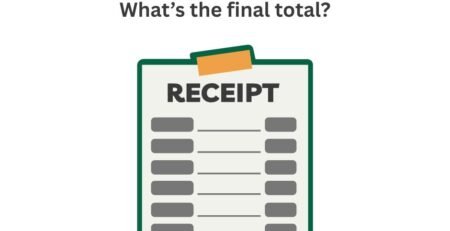


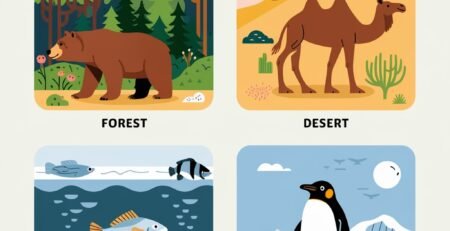
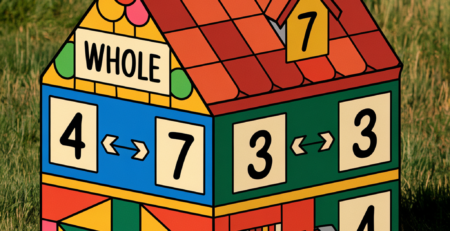
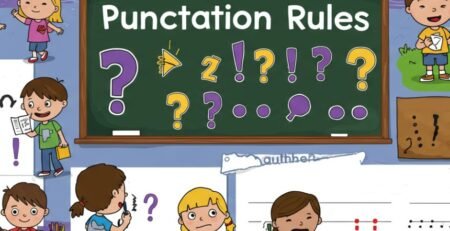


LEAVE A COMMENT